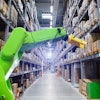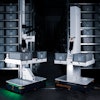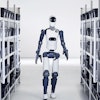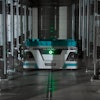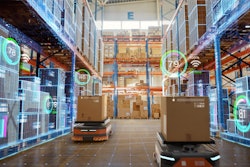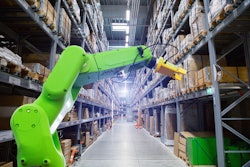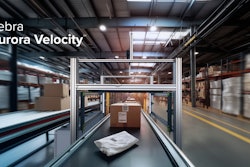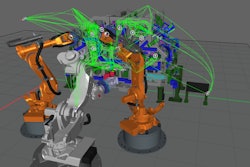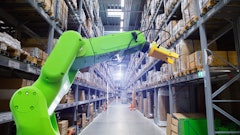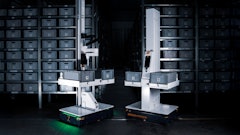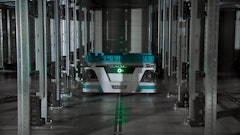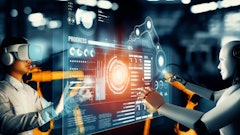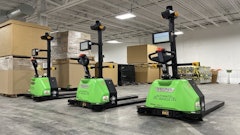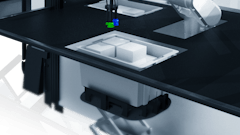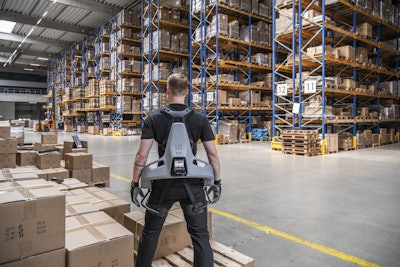
German Bionic launched Exia, what is said to be the world’s first exoskeleton powered end-to-end by true Augmented AI.
Informed by insights from billions of real-world motion data points collected across industries, including manufacturing, logistics, retail, and healthcare, Exia is purpose-built as a “one-for-all” solution.
“Exia represents a breakthrough in human augmentation,” says Armin G. Schmidt, CEO and co-founder of German Bionic. “It’s built not only on years of engineering excellence and the lived experiences of countless workers who already rely on our technology, but also on a foundation of billions of real-world data points. Exia doesn’t merely respond or even just think – it actually learns. With every movement, it grows alongside its user, continuously adapting and evolving to meet the demands of the person and the job at hand.”
Key takeaways:
· Completely rebuilt with a next-generation hardware architecture and optimized control software, Exia utilizes real data from real working environments to offer any working industry the strongest exoskeleton to date with up to 84 pounds of dynamic lift assistance.
· Using its real data, Exia can anticipate user needs and optimize support in real time.
· Exia is built on masses of data collected from diverse, real working environments. Tt understands how people lift, carry, bend, and move in the context of their actual jobs. This depth of field knowledge allows Exia to deliver unmatched responsiveness and support right out of the box.
· Powered by an AI-native architecture and the ability to provide over-the-air software updates, Exia fine-tunes its behavior to individual wearers and their specific tasks.
· Key features include adaptive lift engine; real-time digital twins flags high-risk motions; an app that empowers users with settings control, usage analytics, and gamified coaching on any smartphone; and an advanced cloud analytics platform delivering ergonomic insights, activity monitoring, and fleet management through a user-friendly dashboard.

